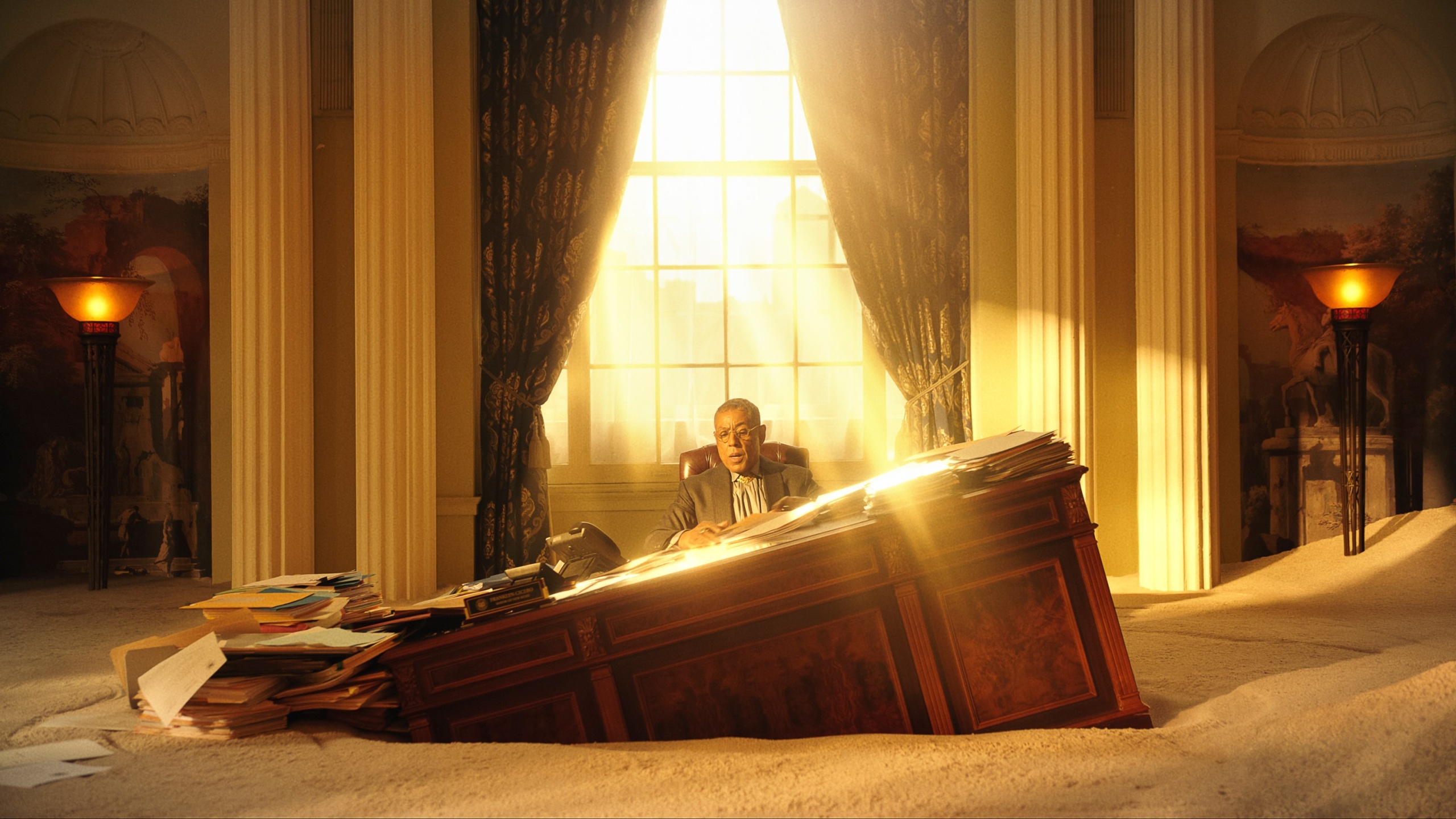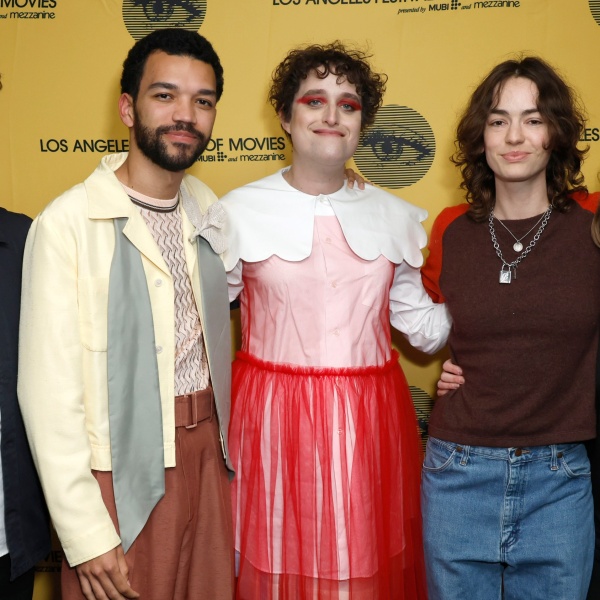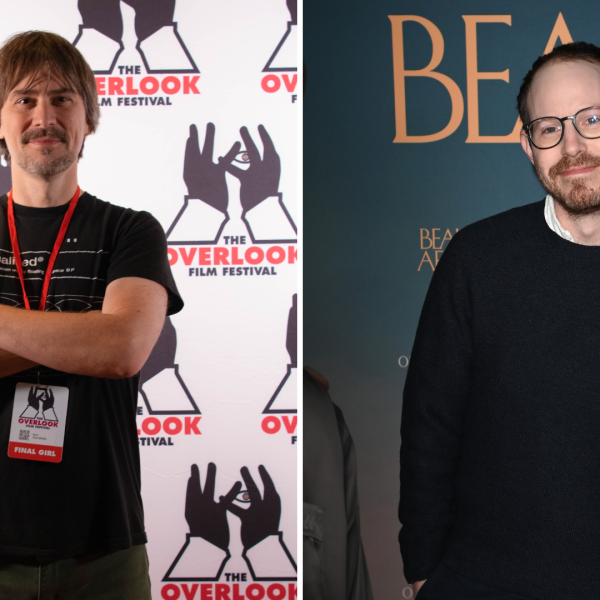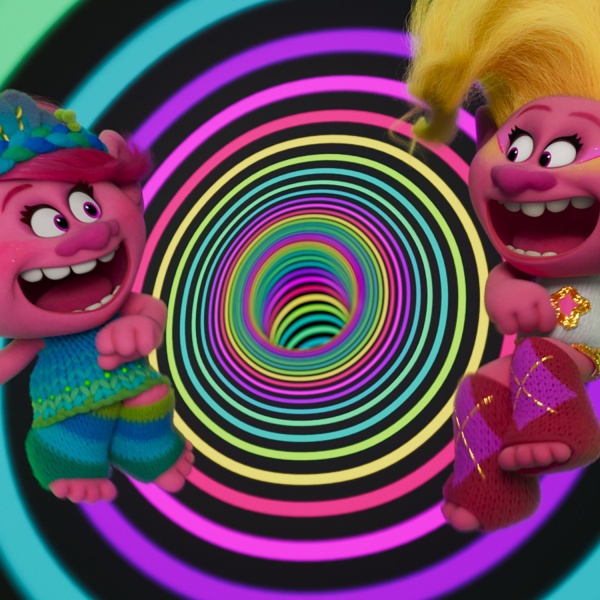When Giancarlo Esposito signed on to play Moff Gideon in the Disney+ series “The Mandalorian,” he became one of the first actors to work in an LED volume on a large scale. That show was revolutionary in its use of entirely digital backgrounds surrounding the actors, but for Esposito, it was an echo of an experience he had 35 years earlier when he appeared in Francis Ford Coppola‘s “The Cotton Club.”
“It was the precursor to the modern volume,” Esposito told IndieWire. “Everything was green. All the furniture was green, and we were in a studio with nothing but cables coming in from Francis’ trailer, the Silverfish, which is the same truck he still has now. Until we got into the Cotton Club set, we were in a big room with nothing in it, and you have this lost-in-space kind of feeling.”
Indeed, most of the ideas Coppola had in the 1970s and early 1980s that the industry resisted — not just his experiments with virtual production, but his innovations in digital editing, previsualization, and more — have now been almost entirely adopted by Hollywood at large. “I saw him to be an innovator,” Esposito said. “He always had this very interesting new way of filmmaking. That was in his consciousness then, and it certainly exemplifies his consciousness now, as the world will see very soon with this film.”
“This film” is “Megalopolis,” the ambitious epic transposing Roman history to a near-future New York that Coppola has been thinking about and planning in one way or another since at least the time of “The Cotton Club.” Esposito’s history with the project goes back around 25 years, to a time when the director invited the actor to participate in table reads of an early iteration of the script. In the final version, Esposito plays Franklyn Cicero, a politician loosely inspired by both David Dinkins (who served as New York’s first Black mayor from 1990 to 1993) and Roman writer, poet, lawyer, statesman, and orator Marcus Tullius Cicero (106 BC – 43 BC).
“It’s like nothing you’ve ever seen before,” Esposito said of the film while crediting Coppola’s unceasing curiosity and experimentation in bringing “Megalopolis” to life. “He’s a director who can say, ‘I don’t know,’ and that’s a beautiful thing. Francis has a lot of space for exploration, and it’s quite spontaneous and quite playful at times, while still having a really clear vision about what he wants to do. One of the cool things about this process was not knowing what we were going to get on any given day. He created an environment where questions can be asked and figured out together.”
Esposito’s performance was largely informed not only by the environment Coppola created but by elements of the director’s own biography. “I really enjoyed learning some of the things that inspired my character that were taken from his own life,” Esposito said, adding that even though Coppola had been thinking about “Megalopolis” for decades, he was never locked into inflexible ideas. “He’s very receptive to different ideas being proposed to him, and it becomes an inspiring journey because we feel intellectually stimulated to think about not only emotion and feelings, but also thoughts that pertain to the whole film.”
Ultimately, Esposito said he and the other actors felt that they were given responsibility to take ownership of their characters in a way that’s somewhat uncommon. “There’s space,” he said. “When do you have a filmmaker allow you space to have a voice? Who’s not just moving you around like a chess piece, but interested in how you feel and does this feel good for you? And does this work? And maybe try it this way? So then you’re more malleable to saying, ‘OK, yeah, we tried that. Maybe let’s try this, let go of that.’ There’s a trust that he elicits, and then you want to be in that creative space.”





